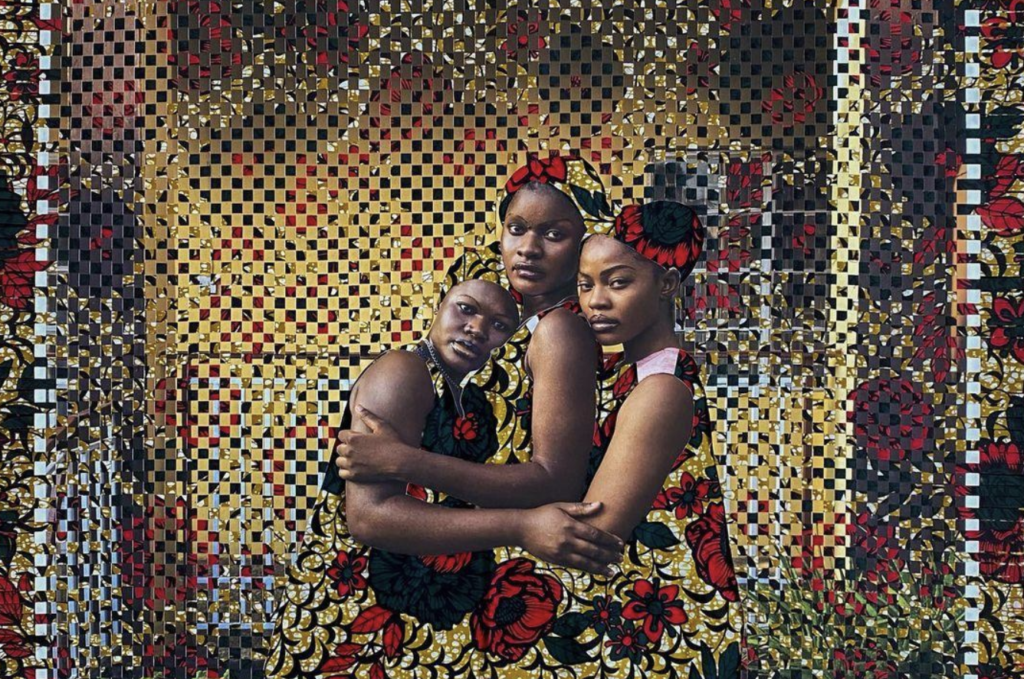The East African art scene has seen significant growth and development in recent years, with a growing number of galleries, exhibitions, and events showcasing the region’s talented artists. The people behind these exhibitions are curators, whose roles are instrumental in bringing the work of East African artists to the forefront. Here are five leading curators on the East African art scene and how they have impacted the region through their work.
- James Muriuki
James Muriuki is an independent curator based in Nairobi, Kenya. He has curated numerous exhibitions throughout East Africa, exploring themes such as identity, migration, and social justice. Muriuki’s recent work has focused on the intersection of art and technology, with a particular interest in virtual reality and how it can be used to enhance artistic expression.
Muriuki’s most recent exhibition, “Transcendence,” was held at the Circle Art Gallery in Nairobi and featured works by five artists exploring the theme of identity in the digital age. One of the standout pieces was “Indefinite,” an installation by Cyrus Kabiru, a Kenyan artist who creates wearable sculptures made from found objects. “Indefinite” consisted of a series of Kabiru’s signature eyewear sculptures, each containing a virtual reality headset. Viewers were invited to wear the sculptures and immerse themselves in a virtual world created by the artist.
2. Aida Muluneh
Next on the list is Aida Muluneh ; An Ethiopian photographer and curator based in Addis Ababa. She is the founder of the Addis Foto Fest, the first international photography festival in East Africa.
Muluneh’s work focuses on exploring identity and the African diaspora through photography. Her most recent exhibition, “Water Life,” was held at the Addis Fine Art gallery in Addis Ababa and featured a series of photographs exploring the relationship between water and human life.

Muluneh’s impact on the East African art scene extends beyond her work as a curator. As a photographer, she has gained international recognition for her striking and thought-provoking images. Her photographs have been exhibited in major galleries worldwide, and she has won several awards for her work, including the 2021 Lucie Award for Best Photographer.
3. Nyambura M. Waruingi
Nyambura M. Waruingi is an accomplished cultural activist and producer with over 20 years of experience in various artistic expressions. She is the founder and creative director of Akoia and Company, a creative enterprise in Kenya that merges moving image, visual arts, literature, design, and gaming.
With her innovative work, Nyambura encounters unique ways to imagine new worlds and disrupt traditional norms, pushing the boundaries of what is possible in the arts. Her work has been disrupting the creative space in Kenya which have paved way the way for successful collaborations with award-winning production companies, renowned public cultural institutions, and innovative film and visual arts collectives in Canada, Kenya, South Africa, Rwanda, USA, India, and Uganda.
With a focus on exhibition spaces, audio-visual environments, and immersive technologies as tools and platforms for arts and culture, Nyambura strives to inspire and captivate audiences with their innovative and thought-provoking projects.
She has curated numerous exhibitions throughout Kenya and the wider East African region, including “East Africa Encounters” and “Artificial Realities.” Waruingi’s most recent exhibition, “Black Bodies,” was held at the Nairobi Gallery and featured works by several African artists exploring the representation of black bodies in art.
Waruingi’s work as a curator has had a significant impact on the East African art scene. Her commitment to promoting emerging African artists and creating new spaces for artistic expression has helped to establish Nairobi as a hub for contemporary African art.
4. Raphael Chikukwa
Raphael Chikukwa is a prominent Zimbabwean curator. He is currently the Executive director and curator of modern and contemporary art at the National Gallery of Zimbabwe, as well as a guest curator at the Circle Art Gallery in Nairobi. Chikukwa’s work focuses on exploring the intersection of art and politics, with a particular interest in the role of art in post-colonial societies.
Chikukwa has curated numerous exhibitions throughout Africa and beyond, including “In Search of Common Ground” and “Art and Social Realities.” His most recent exhibition, “Voices from the North,” was held at the Circle Art Gallery in Nairobi and featured works by artists from across East and West Africa exploring the theme of migration.

Chikukwa’s work as a curator has had a significant impact on the East African art scene, helping to establish Nairobi as a hub for contemporary African art. His commitment to exploring the role of art in post-colonial societies and creating new spaces for artistic expression has provided a platform for emerging African artists to showcase their work on the global stage.
5. Rose Jepkorir Kiptum
Rose Jepkorir Kiptum is a Kenyan curator and founder of the Sanaa Talks, a platform for promoting dialogue and collaboration between artists and cultural stakeholders in East Africa. Kiptum’s work focuses on exploring the role of art in social and political change, with a particular interest in the relationship between art and activism.
Kiptum’s work as a curator has had a significant impact on the East African art scene, providing a platform for emerging African artists to explore important social and political issues through their work.
Kiptum has curated numerous exhibitions throughout Kenya and the wider East African region, including “The Power of Women’s Voices” and “Artivism.” Her most recent exhibition, “The Art
Artists exploring the theme of resistance in the face of political oppression.
These five curators have been recognized for their significant contributions to the East African art scene, pushing boundaries and creating new spaces for artistic expression, while also promoting emerging African artists on the global stage. Their leadership has been instrumental in the African “renaissance” era, and their continued impact is highly anticipated. The art world eagerly awaits what these curators will bring to the table in the future.


